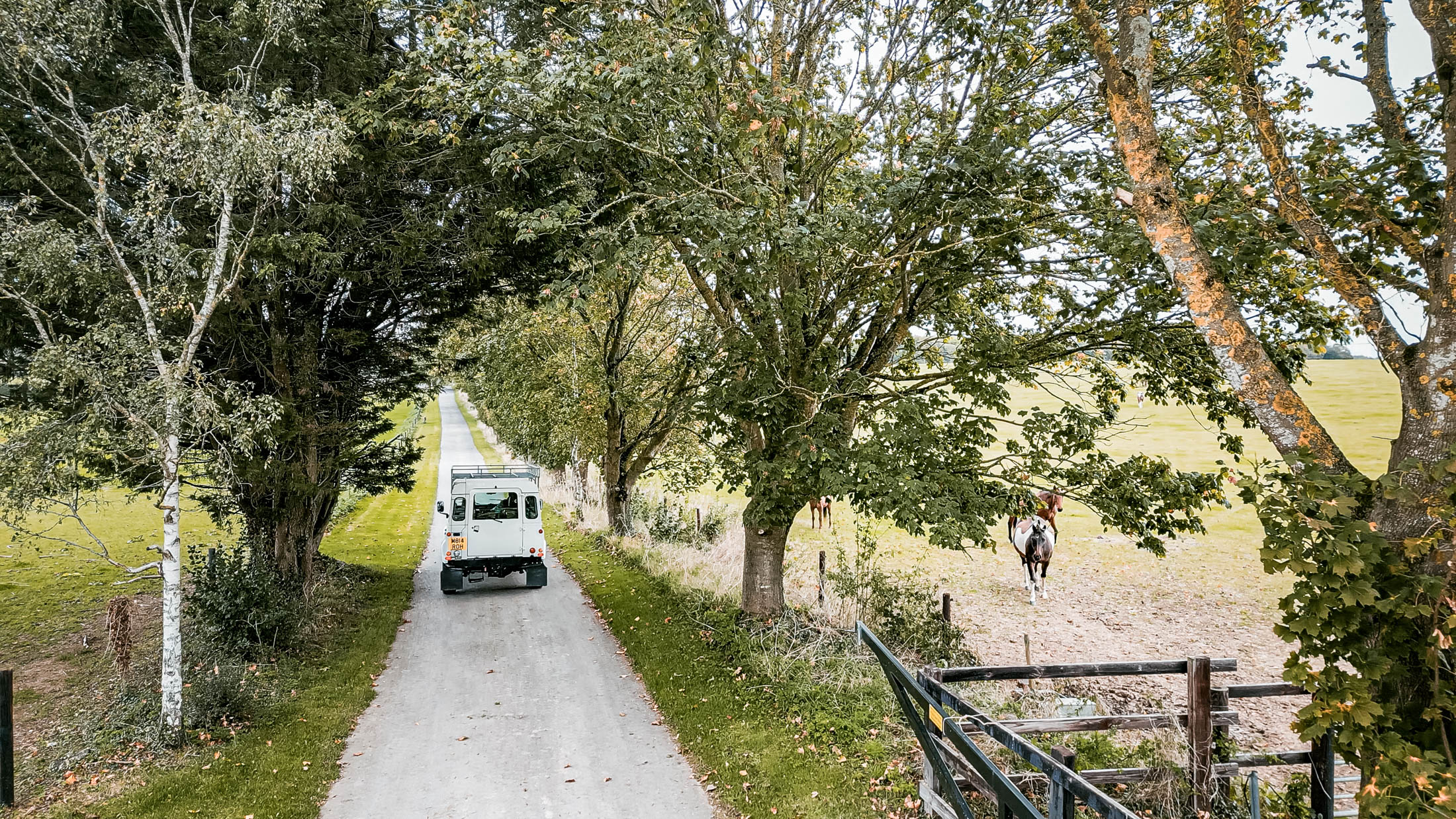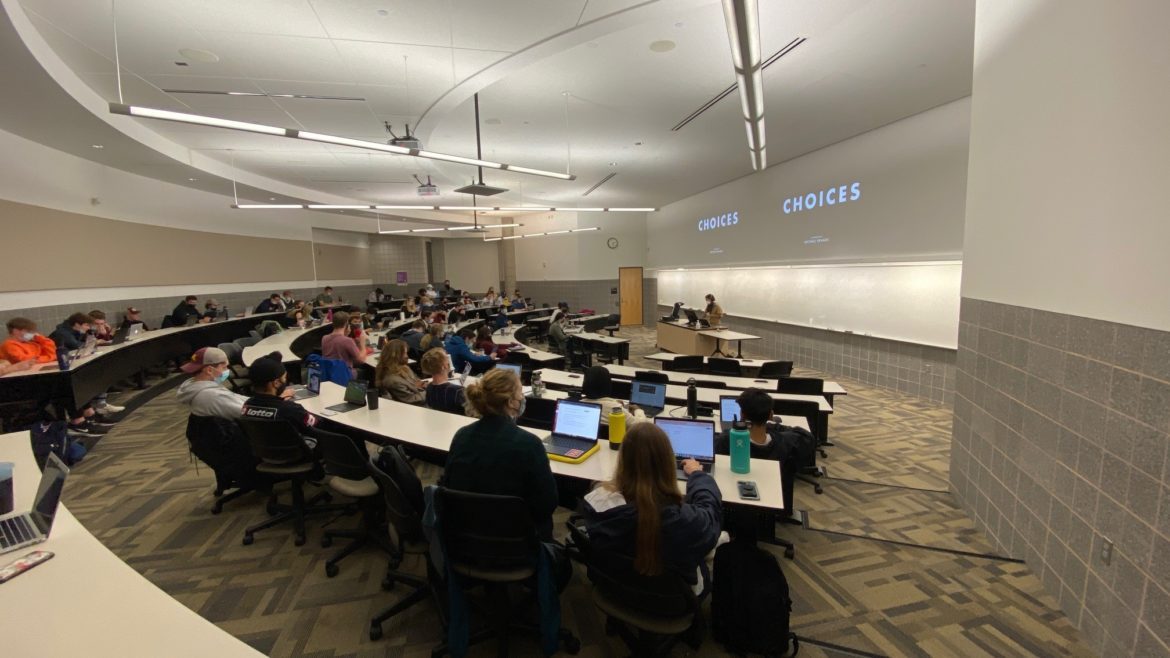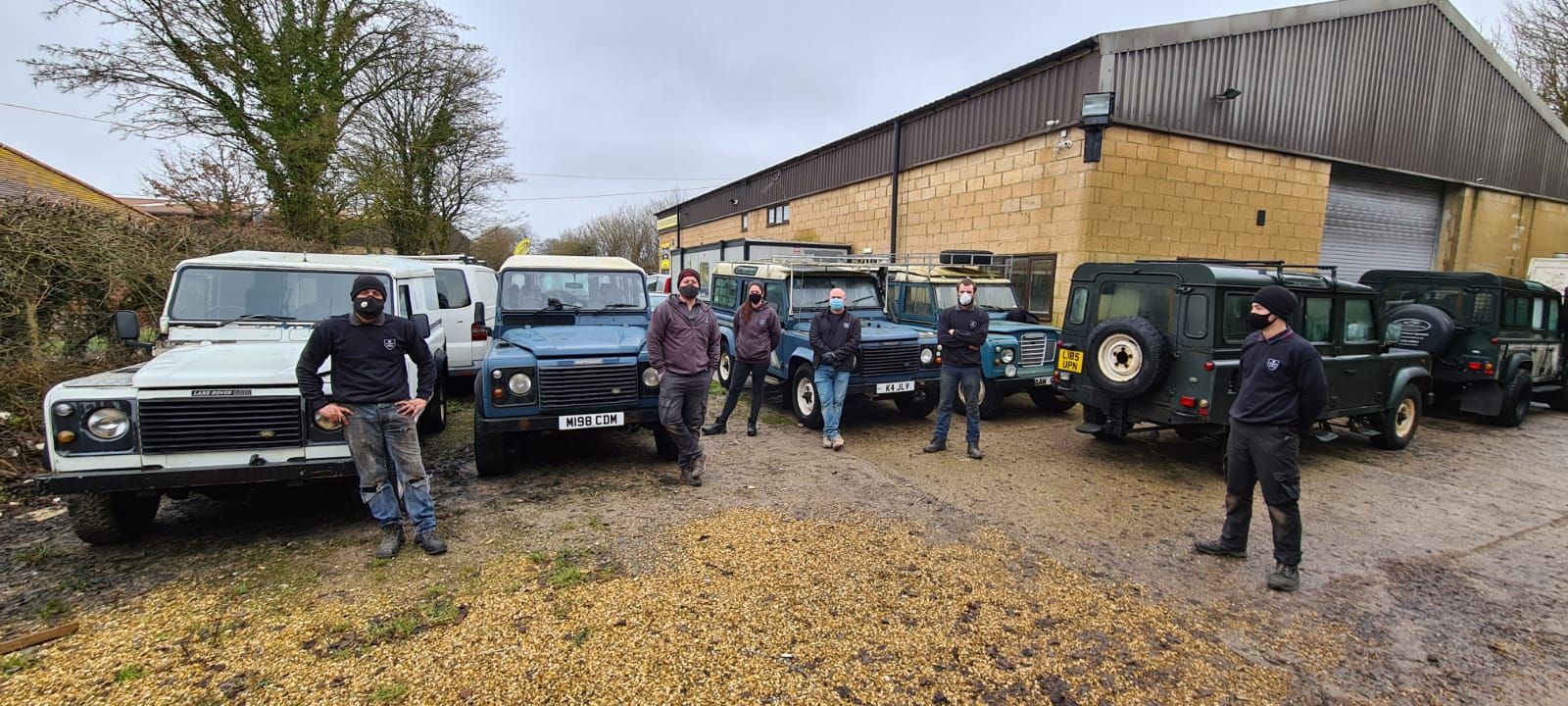The Power of Authentic Content
https://www.kraabel.net/wp-content/uploads/2023/11/pexels-peter-olexa-4012966-1024x683.jpg 1024 683 Michael Kraabel Michael Kraabel https://www.kraabel.net/wp-content/uploads/2023/11/pexels-peter-olexa-4012966-1024x683.jpgIn the ever-evolving world of marketing, generating Authentic Content has emerged as a crucial strategy for businesses seeking to engage, build trust, and connect with their target audience. Authentic Content goes beyond the traditional advertising approaches, offering potential customers an honest and transparent look into the heart and soul of your business. Authentic Content, in…
read more






